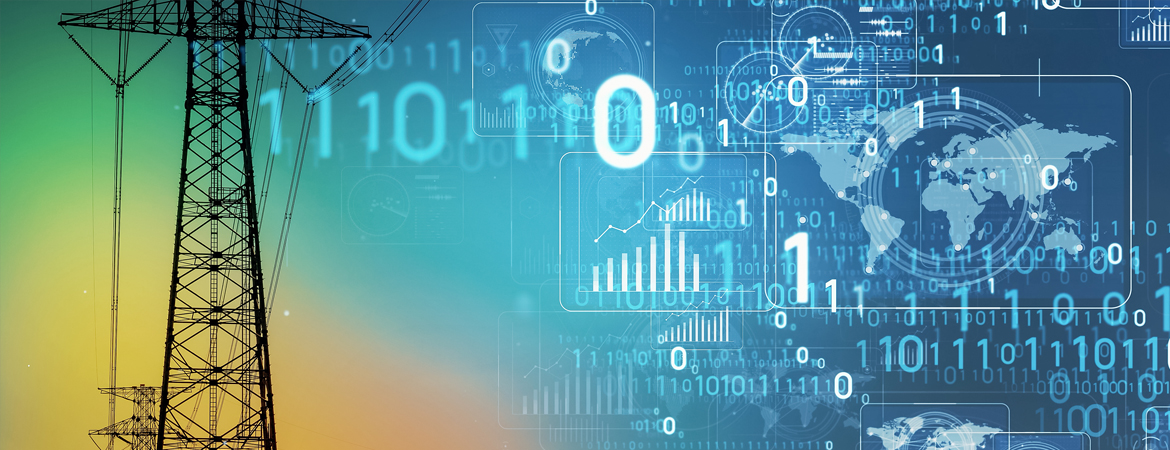By Chris Adams

In our increasingly interconnected world, data centers have remained the backbone of our digital infrastructure. However, the surging demand for data center capacity, accelerated by the COVID-19 pandemic and the rapid adoption of cloud computing and AI technologies, is presenting a new challenge: energy demand. The industry estimates that U.S. data center power consumption will reach 35 gigawatts by 2030, up from 17 gigawatts last year . This surge puts data center energy consumption on a trajectory to account for approximately 8% of global energy usage by 2030 .
The big question is, can the grid keep up?
As data centers expand to meet this demand, they are placing an unprecedented strain on power grids. This blog delves into critical energy consumption considerations and new strategies data center owners can employ to ensure grid resilience and alleviate costs.
Planning for Grid Resilience
For data centers that need a steady and stable energy supply, planning for grid resilience using a two-pronged approach is key:
- Strategic Site Selection – Reducing risk to power supply via site selection is the first line of defense. This can be achieved through analysis of historical Public Safety Power Shutoff data, discerning the annual risk of utility power loss. Moreover, in regions facing burgeoning environmental risks, integrating public Fire Hazard Severity Zone and NOAA Storm Surge Risk data can also help provide insight into potential climate risks and associated grid disruptions.
- Resilient Infrastructure Integration – Incorporating resilient infrastructure design and technology, such as the installation of backup power solutions, is imperative, even for sites with low-risk power supply. The traditional reliance on standalone diesel generators is now sharing the stage with advanced microgrid systems and energy management controllers, which allow seamless integration of onsite energy generation and battery storage systems to provide backup power.
Traditionally, solar photovoltaic (PV) systems undergo anti-islanding protection during utility power shutoffs, halting generation to eliminate the risk of energizing grid-connected power lines – a safety measure for utility personnel. This challenge can be resolved by implementing microgrid islanding, which empowers solar PV and battery systems to function independently during power outages. This strategy minimizes the fuel load required to cover surplus demand above the solar generation, multiplying the longevity of the fuel supply.
Alternative Fuel Technologies for Resilient Back-Up Power
Beyond solar, there are a range of newer technologies garnering attention for their benefits in providing resilient backup power, including hydrogen fuel cells and nuclear microreactors. A hydrogen fuel cell installation can connect to the grid and be configured to automatically kick in during a disruption in electrical service, ensuring the seamless continuation of critical operations. This technology is increasingly being used in military applications, such as powering bases.
Mitigating Energy Costs
While these grid resilience strategies and new technologies can improve energy resilience, they come at a cost, but thankfully there are two ways to limit this:
- Optimize the size of backup power systems to ensure you are only paying for what you need by utilizing industry-leading criticality guidelines such as TIA/EIA 942 and Syska.
- Offsetting the costs using federal, state, and local utility incentives, rebates, and tax advantages to offset financial burdens. Notable sources include the Inflation Reduction Act (IRA), the Modified Accelerated Cost Recovery System (MACRS), and localized offerings like the Self-Generation Incentive Program (SGIP). Combined, the incentives may cover 30%-80% of project costs.
In conclusion, the escalating energy demands for data centers pose a significant challenge to power grids. However, through strategic grid resilience planning and leveraging utility incentives and backup power systems, data center owners can chart a cost-efficient course toward energy sustainability and grid resilience. Ultimately, this path forward could spur the collaboration needed among stakeholders to modernize our power grids for the digital era.
About the Author
Chris Adams is a Managing Director at Cumming Group, where he specializes in overseeing intricate data center builds. With a wealth of experience, Chris helps owners navigate the ever-evolving data center industry while leveraging Cumming’s diverse team of construction experts to deliver exceptional results. Chris is dedicated to promoting sustainability in data center construction by incorporating innovative solutions while maintaining a keen focus on client success and industry advancement.
